Figuring out what plants you have growing in your garden can be tricky. For example, do you have a ficus hedge or tree you're trying to classify but can't tell which is what? Are there any notable differences between a ficus hedge and a tree? Are they the same? To help you out, we brought you the answer.
The main difference between a ficus hedge and a tree will be their size and how you let them grow. Since ficus is one of the more popular tall shrubs for gardeners, it can be difficult for people to tell it apart from a tree.
When shopping for a ficus tree, you'll want to purchase one grown with one central trunk versus many shooting from the soil. That will give you a tree versus shrub in your yard.
As we start this article, we will discuss ficus and cover the differences between a shrub and a tree. Whether you already have one growing in your landscape, need ideas for a new project, or have other care questions, we're here to help. With that said, let's dive right in!

Are Ficus Trees And Hedges The Same?
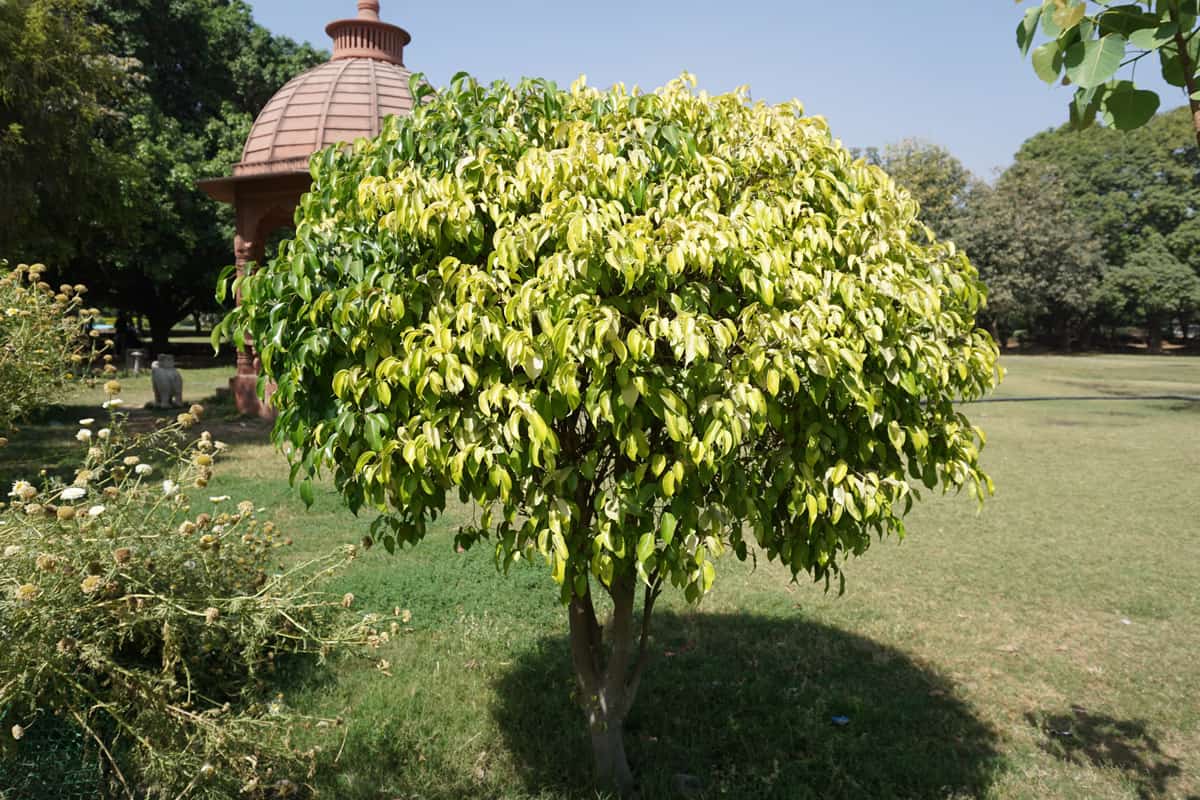
Technically, ficus trees and hedges are the same if you leave them to grow wild. This tall-growing plant usually has tree-like characteristics if you do not prune or manage it.
According to many experts, ficus hedges are cut-to-size ficus trees if left untouched, meaning they are the same in nature. However, since most people train these to grow as tall privacy shrubs, that's when their structure will deviate.
Typically, while shopping for a ficus, you want to find one with a central trunk or woodsy stem at its base for a tree and then one with multiple centralized stems for a shrub.
That may not always be the case, but most often, how a ficus is grown in its early years will determine how it grows moving forward. If someone wants their ficus to be a privacy hedge versus a tree, they'll want to prune it more often.
Ficus (nitida) is an evergreen that makes for great hedges and shade trees year-round, so how you manicure one will determine its final form.
What Makes A Ficus A Tree Versus A Shrub?
The main difference between a ficus tree and a shrub is its size. As we said, ficus trees grow taller and wilder, often reaching 50-60 feet. In contrast, many people will keep a ficus hedge between 6 and 10 feet tall, using it more as privacy fencing.
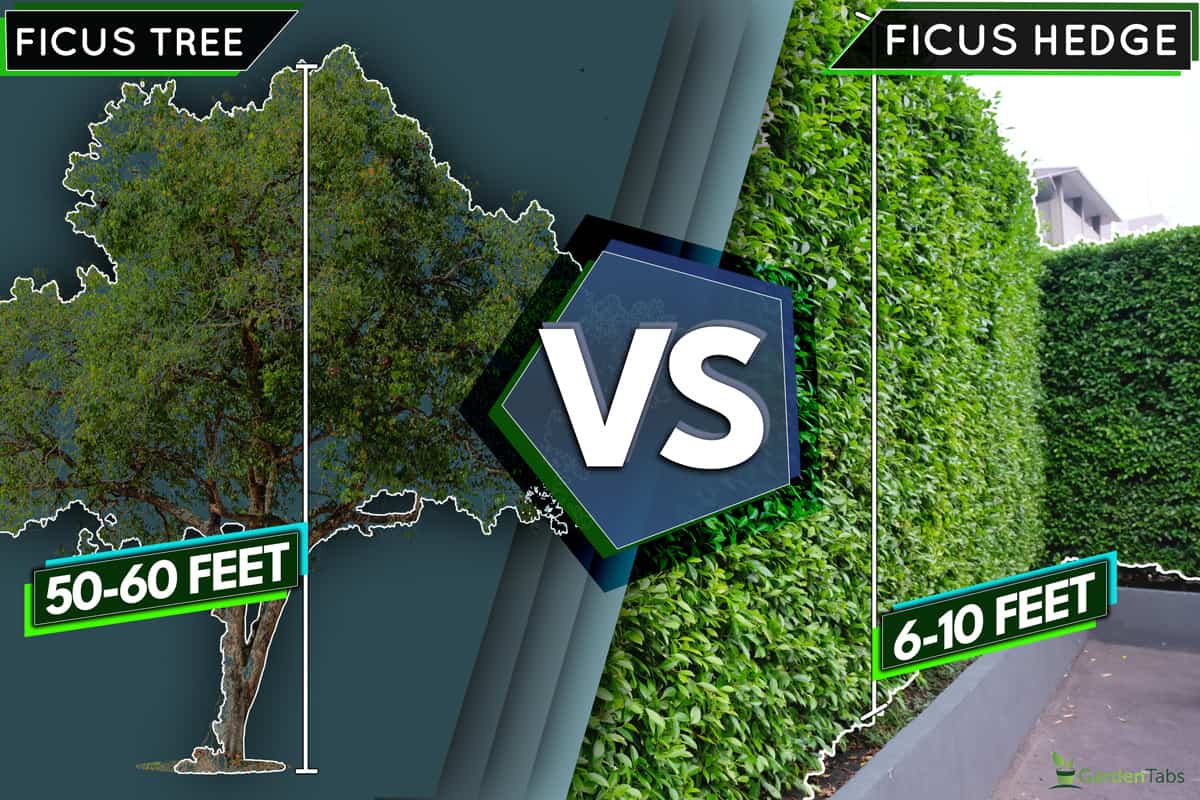
Furthermore, the base of a ficus can also indicate how it was trained. A central trunk will be more geared at ficus trees, while multiple woodsy stems/trunks will mean your ficus has shrub-like behaviors.
Again, visually, your ficus will not have many differences besides height and spread. If you want to let your ficus grow wild, it will likely take on a tree shape/sizing.
On top of that, a ficus tree or shrub will feature gorgeous glossy leaves and a light grey trunk/base, which gives it a unique look.
Notably, the ficus is one of the most popular privacy hedges used in Los Angeles and southern California because they grow fast and stay green all year.
How Big Does Ficus Get?
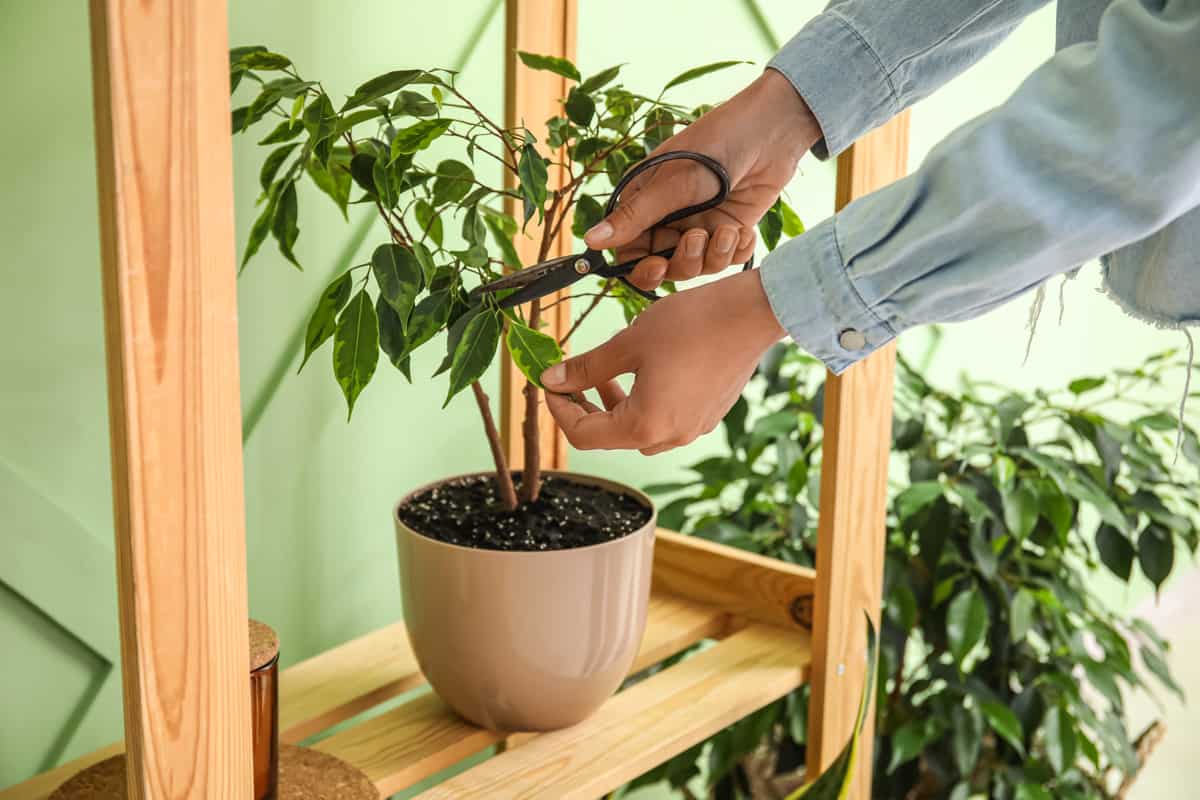
Generally, you can expect a wild ficus to reach 50+ feet on average. Depending on how severely you prune one, a ficus can develop massive draping branches, making for great shade plants in a garden.
Since ficus shrubs are popular for privacy, you can expect shorter, manicured plants to fill out more than a typical tree. As mentioned, a ficus tree will have most of its foliage towards the top, while a hedge will also be green at its base.
For hedge sizing, you can expect your ficus to grow 10-15 feet tall with proper pruning or become more tree-like if you do not mess with it. Again, trees and hedges in the ficus family are mainly distinguishable by their size.
According to The Tree Center, some wild ficus trees can grow over 100 feet in ideal, open spaces, so this plant can become massive if you allow it.
It's also worth noting that ficus trees, once mature, can have spreads of 100 feet across, even if they're only 50-60 feet tall. Therefore, if you don't prune one (shrub or tree), expect it to become a focal point in your landscaping.
Is It Better To Keep A Ficus Small?
Depending on your garden and care routine, it can be better to keep a ficus small. Since this evergreen species can grow to tower over a garden, you might prefer to grow it as a hedge.
Ficus is popular for smaller hedges and indoor growing, so there isn't a right or wrong way to have one. Generally, if you want to keep a ficus small and hedge-like, you'll need to develop a care schedule and periodically prune its top layer off.
That will prevent your hedge from shooting 50-60 feet into the air. Moreover, it is essential to shape the sides of your ficus hedge, as this will also prevent tree-like behavior.
In addition, many people also choose to grow their ficus in pots, which will keep it tiny. Typically, a potted ficus will look like a miniature tree but can also be trained as a shrub.
Also, ficus likes to be root-bound in pots, so don't get too big of a container.
This species is so popular for landscaping because of its versatility. Not every ficus needs to be massive, so feel free to train yours to grow smaller and hedge-like.
How Fast Will A Ficus Grow?
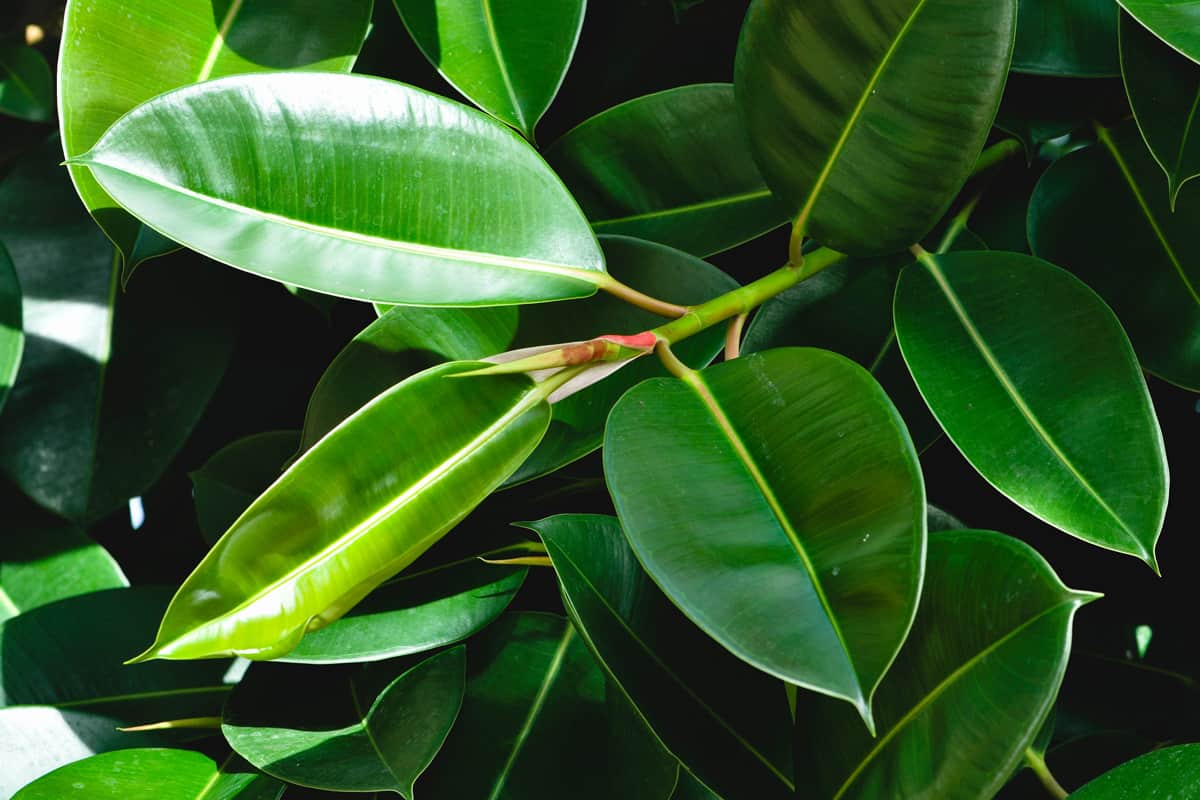
Ficus grows quickly, especially with plenty of sunshine, water, and space. Generally, a ficus grows about one or two feet a month in its early years.
This species averages 25+ feet in its first 10 years, so this is an excellent option for impatient gardeners.
On top of that, ficus will usually be sold already grown to around 6 feet, so this tree makes a perfect privacy species for your garden. Once you get your plant home, you can let it sprawl or decide to keep it manicured.
Many people find their ficus plants grow fastest in full sun and with routine watering and fertilizing. That said, you want to avoid overwatering ficus trees and hedges, as this can cause them to slow down.
The same goes for lack of sunlight, as ficus hedges and trees require it to live and flourish. Give your ficus plant at least 6 hours of daily sun exposure if possible.
Since this plant is warmer-leaning, you will also notice better growth in places with higher average temperatures throughout the year.
One of the reasons ficus trees and hedges are widespread in California and west-coast states is that the weather stays nice for most of the year. Colder gardens can still have ficus but might have a slower growth rate.
Can I Grow A Ficus Inside?
Yes! Growing ficus inside is popular for urban gardeners and people wanting indoor greenery. Although these are tropical plants, ficus responds well to indoor lighting conditions.
As long as yours is near a warm bright window or door, you shouldn't run into issues keeping it healthy. One main component of indoor ficus growing is indirect sunlight.
Place it near your brightest windows, typically south- or west-facing, for best results. Additionally, having your tree or shrub bake in the sun all day is not a good idea.
As we covered, ficus plants need around 6 hours of daily sun exposure. Most windows have indirect light for 8-10 hours if they face the sun, which can become a problem for your ficus.
If you notice any burning on your plant's leaves or see it drying out faster than usual, you will need to relocate the plant to a less direct location.
Are Ficus Perennials?
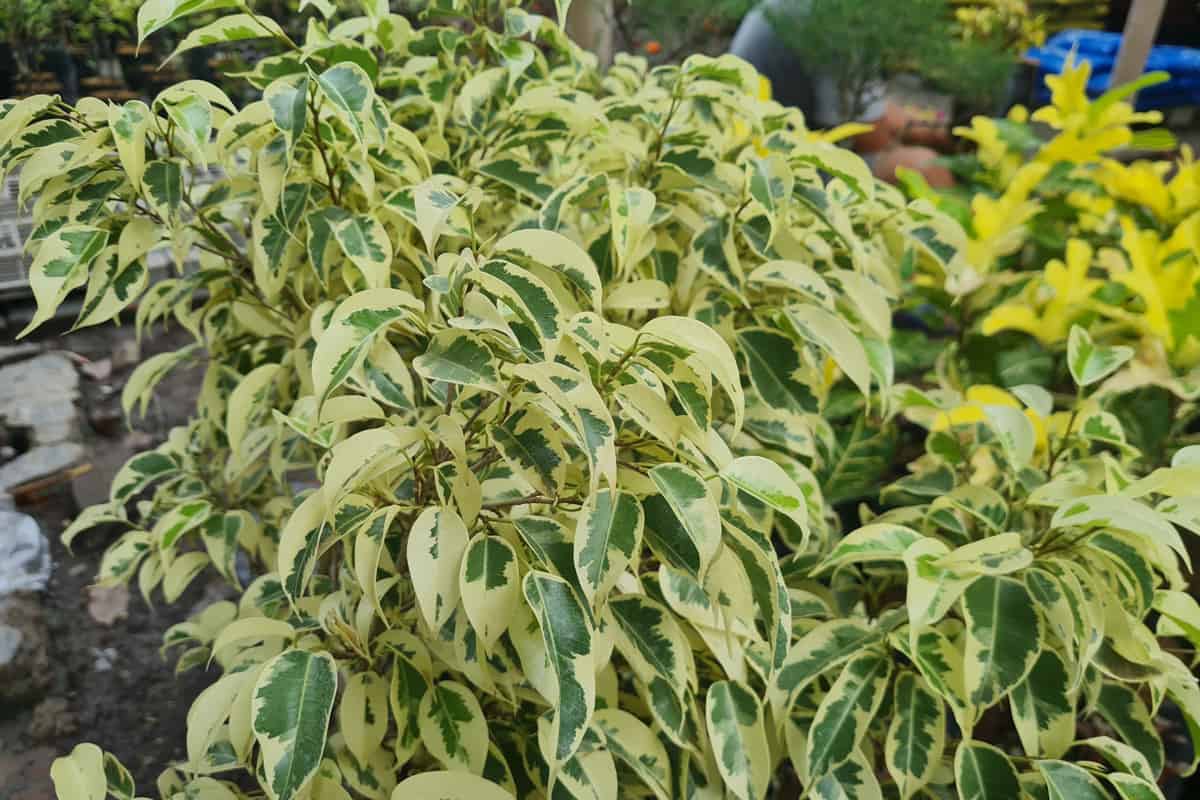
Yes, ficus hedges and trees will be perennials. One of the benefits of having a ficus in your landscape is that it should grow year-long. Furthermore, ficus is evergreen, meaning they won't lose color during cooler fall and winter months.
However, ficus is hardy in USDA zones 10 and 11. That means they have a warmer-leaning temperature tolerance and won't do well in colder regions.
One of the reasons many people grow ficus trees and shrubs inside is that they don't live in a warm enough climate. You can grow a ficus inside and outdoors, relocating it as the weather changes.
For example, one way to have a ficus tree or hedge in a colder USDA zone is to keep it potted, move it in the house for the winter, and then keep it outdoors through the spring, summer, and early fall.
How Often Should I Prune Ficus?
Pruning will vary depending on the shape you wish to keep a ficus. However, most people trim back a ficus tree once annually in late summer, fall, or spring.
This will need to be done more frequently for hedges, as they require routine shaping. Ficus plants are adaptable and won't wind occasional branch removal or pruning.
It's also perfectly fine not to prune a ficus and let it grow wild. Remember, for trees, you don't want to remove too much of your ficus, or it could take on a more hedge-like appearance.
To Finish Up
Whether you have a ficus growing in your landscape or want one, it's always good to know how they grow. We found that there is not much difference between ficus trees and hedges besides how you train them to develop.
With more frequent pruning, you can easily turn a ficus into a hedge, while letting it grow wild will result in a ficus tree. Luckily, these evergreen perennials are easy to manage and grow, often reaching 50-60 feet once fully mature.
And while we have your attention, check out these related articles!
How To Make A Ficus Hedge Fuller
